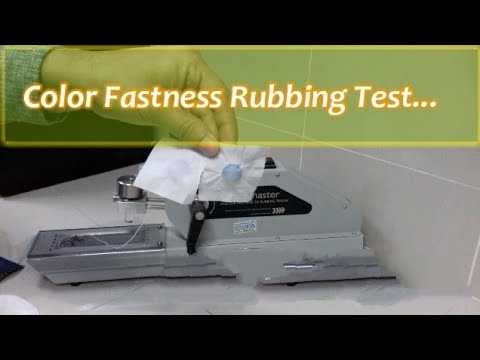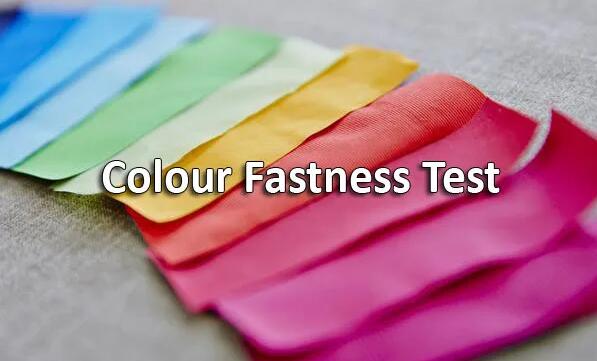-
Can you share some new color fastness test methods?
Edited by:Read:Color fastness refers to the color stability of a material in different environments, and is of great importance for textiles, coatings, prints and other fields. Traditional color fastness testing methods mainly include rubbing, washing, after-sun, heat treatment and other methods, which can assess the durability and quality of materials to a certain extent. However, with the advancement of science and technology and the development of industry, new materials continue to emerge, and the traditional color fastness test methods can no longer fully meet the needs. Therefore, it is of great significance to explore the evaluation of color fastness test methods.

The following are some new color fastness test methods:
1. Optical imaging technology: Optical imaging technology is a method to assess the color fastness of a material by analyzing its optical properties such as reflection and scattering on the surface. This method can quickly measure the color change of the material in a non-contact state, and has the advantages of short test time and accurate test results.
2. Spectroscopy technique: Spectroscopy technique is a technique to study the properties and structure of a material by analyzing its spectral response. The color change of a material can be analyzed using spectroscopy technology to assess its color fastness. The technique has the advantages of high resolution and high accuracy, which can provide more accurate test results.
3. Artificial Intelligence Technology: Artificial Intelligence technology can be applied to color fastness testing to predict the color fastness of materials in different environments by analyzing and modeling the test data. This technology has the advantages of high efficiency and accuracy, which can greatly improve the testing efficiency and accuracy.

4. Microfluidics: Microfluidics is a technology that can control the flow of tiny fluids, which can be used to simulate chemical reactions in different environments to assess the color fastness of materials. This technology has the advantages of high precision and repeatability, which can provide more accurate test results.
Each of these new color fastness test methods has its own unique advantages and application scenarios, which can be selected and applied according to specific testing needs. When selecting a new color fastness test method, it is necessary to consider its test accuracy, test time, cost and other factors, and to compare and verify it with traditional test methods. At the same time, attention needs to be paid to the standardization and normalization of the new test methods to ensure the repeatability and comparability of the test results.
In conclusion, it is of great significance to explore new test methods for evaluating color fastness, which can provide more accurate and reliable data support for the research and development, production and application of materials.
- 2024-04-19Paper ring compression strength tester standards
- 2024-04-19Cupping tester standards
- 2024-04-19Rubber and plastic tensile tester standards
- 2024-04-19Taber 1750 wear-resistant tester standards
- 2024-04-19Stone Chip Resistance Gravelometer standards
- 2024-04-18Diaper absorption speed tester standards
- 2024-04-18Diaper leakage tester technical indicators
- 2024-04-18Paint film impact resistance tester standards
- 2024-04-18Low temperature brittleness tester principle
- 2024-04-18Battery separator permeability tester technical indicators



